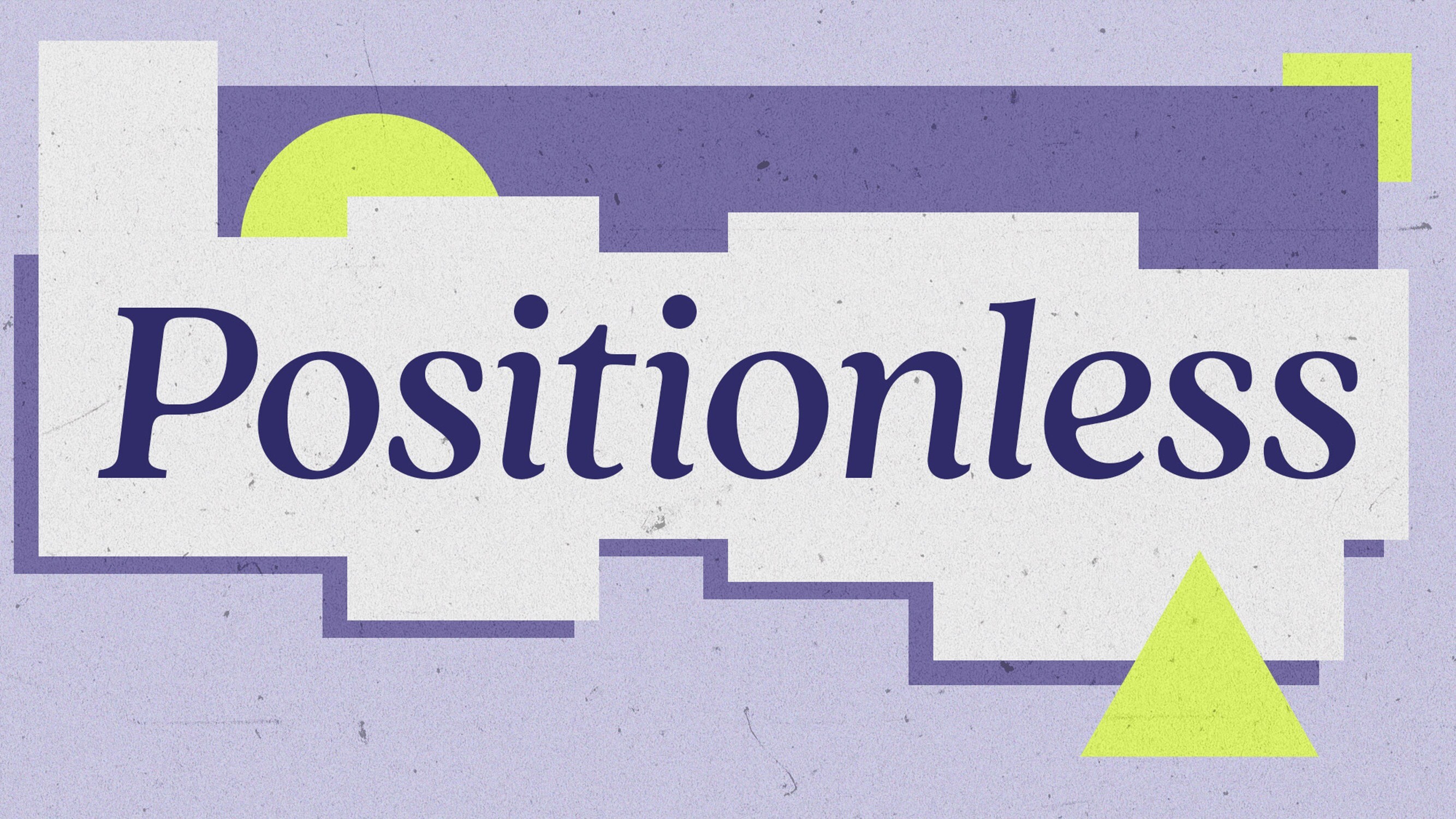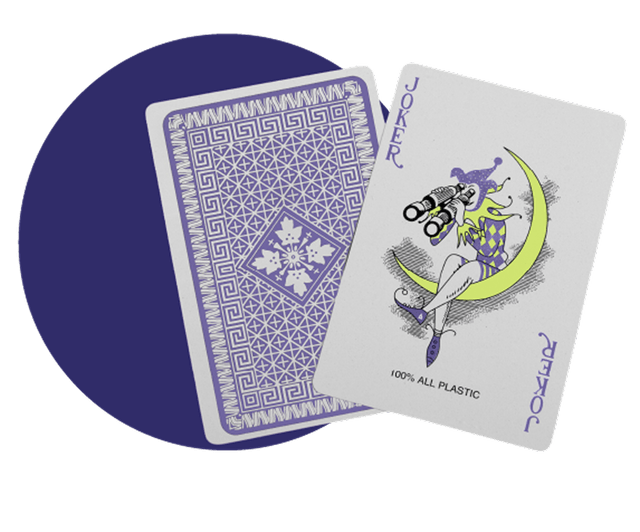
AI and the Retail Marketer’s Future
How AI transforms strategy and processes, driving the adoption of Positionless Marketing
Exclusive Forrester Report on AI in Marketing

We all know that personalization is key to the success of any CRM Marketing strategy and that is especially true when it comes to a key component in those strategies - mobile app marketing. Long gone are the spray-and-pray days that inevitably resulted in irrelevant, inconsistent messaging, meaningless content, and failure to take into account past interactions and personal preferences. No. It’s 2022. It's the brands that take the necessary steps to understand their audience and build their campaigns around meeting their specific needs in ways that engage and delight, that will reap the competitive advantages - and live to fight another day.
The mainstay of mobile app marketing, push notifications are a great way to reach users regularly, encouraging them into your app with compelling, relevant messaging and content - and they’re especially effective when used as part of proximity marketing efforts, fine-tuning personalization efforts, and driving additional value for both customers and brands. But once a user is in your app, how do you make sure that you’re encouraging engagement, driving meaningful user interactions, and helping them get the most out of your app instead of bouncing around aimlessly without actually enjoying any of the value you’re offering?
There’s in-app messaging for that.
For many brands today, in-app messaging is a key part of their personalized mobile campaign strategy, reaching each user at the perfect moment, steering them toward key in-app actions, and deepening engagement through the delivery of compelling content, valuable information, personalized offers, and useful tips as they move around your app in real-time. Oh you’d like some figures to support our claim? Sure:
What’s more, in-app messages don’t require opt-in - recipients only ever receive an in-app messaging when they’re, wait for it, in-app! So they’ll almost always reach the intended recipient (something push notifications simply can’t promise). But like all marketing activities, there’s an art to getting in-app messaging right.
Bombarding doesn’t work. When has it ever? We don’t recall. When it comes to personalization, user segmentation is critical - how else will you optimize campaigns that need to reach a diverse cohort of customers whose needs are often wildly different? Using proper segmentation your campaigns will achieve more with less:
In the case of In-app messages - as with any type of messaging - the more finely-tuned your messaging gets, the more opportunities you’ll have to reach individual users with content they actually want to receive.
Timing and contextuality are always crucial, and in app messaging is no differet. For example, sending a discount code for a pair of winter boots is unlikely to create an a-ha moment for your customers if they’re shopping for a bikini … you get where we’re going with this (the beach).
By fine-tuning the time you ship campaign messages, you’ll be far more likely to produce higher engagement and greater response rates - your analytics platform will tell you when these optimum times are (provided you’re segmenting!).
Like all communications with your audience, success depends on relevant, valuable content. Each in-app message you ship should align with precisely where the user is in the app journey - and where your analytics platform has told you they’ll be going next. For example, most savvy mobile marketers use in-app messaging for app onboarding purposes, serving up relevant, timely (and helpful!) guidance and content that optimizes the onboarding experience for each user, and encourages them to stick around. You’ll want to consider different types of content for different users, and delivering that content at a time that they’re most engaged. When a new user downloads your app, shares content with a friend, or reaches a defined level of spend, send a message that compels further engagement, such as a money-off code to use on their favorite items in-store, or a triple points boost they can redeem when they next make a purchase.
There are a ton of ways to use in-app messaging to optimize your campaigns - the key to driving engagement is to mix it up and avoid sending messages that tend to err on repetition. Here are a few ideas that we’ve seen work their magic:
Focus on helpful value-add actions that demonstrate to your customers they’re more than just a number.
An app experience that isn’t consistent can both confuse and frustrate users, impacting negatively on your brand and, over time, doom your app to failure. Consistency matters - in your copy, in your delivery, in your design.
In-app messages are an extension of your brand, so it’s critical that your message copy aligns with the tone of voice used across your marketing comms; Similarly, your brand’s color schemes and design should be kept consistent throughout your campaign messages
No one - repeat no one - is impressed when they receive a bog-standard black and white message whilst they’re busy navigating your app, so align your messages’ look and feel with your brand to meet user expectations.
You’ll also want to design both message copy and content to capture the interest of different users; for example, an in-app campaign to encourage store visits should have a variety of different designs and copy formats to appeal to different audience segments; the message you’ll ship to the 18-year-old student in New York will look and read very differently to the one you’ll send to the stay-at-home-mom in Monterey.
Think about how to use images, copy, design and emojis (yes, they still work!) in each message you create - how do you envisage each audience segment responding to your campaign? What will you need to say to each segment to encourage the desired action, and what media will you use to capture and hold their attention? Will a loud, 10-second video elicit the response you want, or would a still image work better? Will emojis work for everyone, or be more effective with a specific audience segment?
There’s almost never a one-size-fits-all approach to a successful in-app messaging campaign, so you’ll need to jump onto your analytics platform, glean the necessary audience insights, and fine-tune your campaigns to meet the often very different needs of your customers.
And test, test, test!
A/B testing isn’t just for webpages … and not every successful approach can be relied upon to produce results ad-infinitum. It’s only by consistently reviewing metrics, fine-tuning, and testing your campaigns based on your discoveries that you’ll ensure you’re continually delivering in-app campaigns that meet audience needs and enhance your chances of success. While there are lots of ways you can approach your testing strategy, we recommend looking at:
Message title - long and descriptive, or short and to the point? Large, colorful fonts, or subtle and discreet? There are lots of ways to skin your headlines - play around until you hit the sweet spot.
In-app messaging - when done right by following best practices - has the power to engage and connect with your audience in ways that propel customer loyalty and business growth to an entirely different level. With personalization ever more critical to app success, nailing your in-app messaging campaigns can increase engagement, help you discover new opportunities, and put you miles ahead of the competition.
Exclusive Forrester Report on AI in Marketing
In this proprietary Forrester report, learn how global marketers use AI and Positionless Marketing to streamline workflows and increase relevance.


Rony Vexelman is Optimove’s VP of Marketing. Rony leads Optimove’s marketing strategy across regions and industries.
Previously, Rony was Optimove's Director of Product Marketing leading product releases, customer marketing efforts and analyst relations. Rony holds a BA in Business Administration and Sociology from Tel Aviv University and an MBA from UCLA Anderson School of Management.


